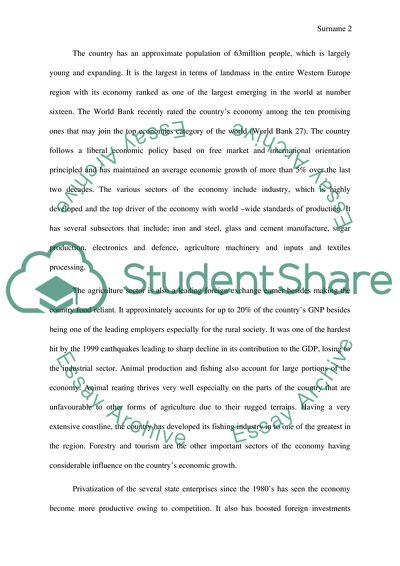Cite this document
(“The Effects of Disasters on Turkeys Economic Development Term Paper”, n.d.)
The Effects of Disasters on Turkeys Economic Development Term Paper. Retrieved from https://studentshare.org/macro-microeconomics/1585349-the-effects-of-disasters-on-turkeys-economic-development
The Effects of Disasters on Turkeys Economic Development Term Paper. Retrieved from https://studentshare.org/macro-microeconomics/1585349-the-effects-of-disasters-on-turkeys-economic-development
(The Effects of Disasters on Turkeys Economic Development Term Paper)
The Effects of Disasters on Turkeys Economic Development Term Paper. https://studentshare.org/macro-microeconomics/1585349-the-effects-of-disasters-on-turkeys-economic-development.
The Effects of Disasters on Turkeys Economic Development Term Paper. https://studentshare.org/macro-microeconomics/1585349-the-effects-of-disasters-on-turkeys-economic-development.
“The Effects of Disasters on Turkeys Economic Development Term Paper”, n.d. https://studentshare.org/macro-microeconomics/1585349-the-effects-of-disasters-on-turkeys-economic-development.


